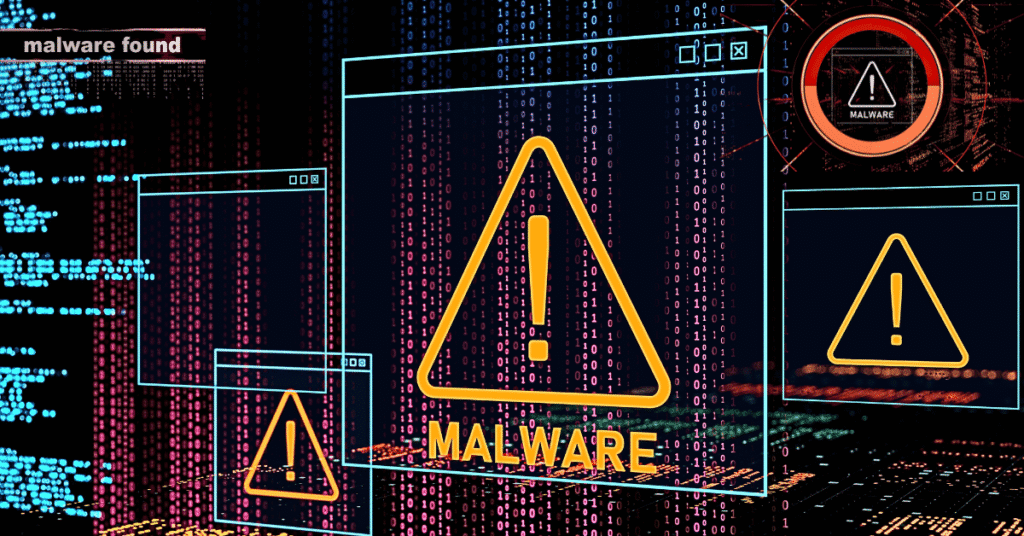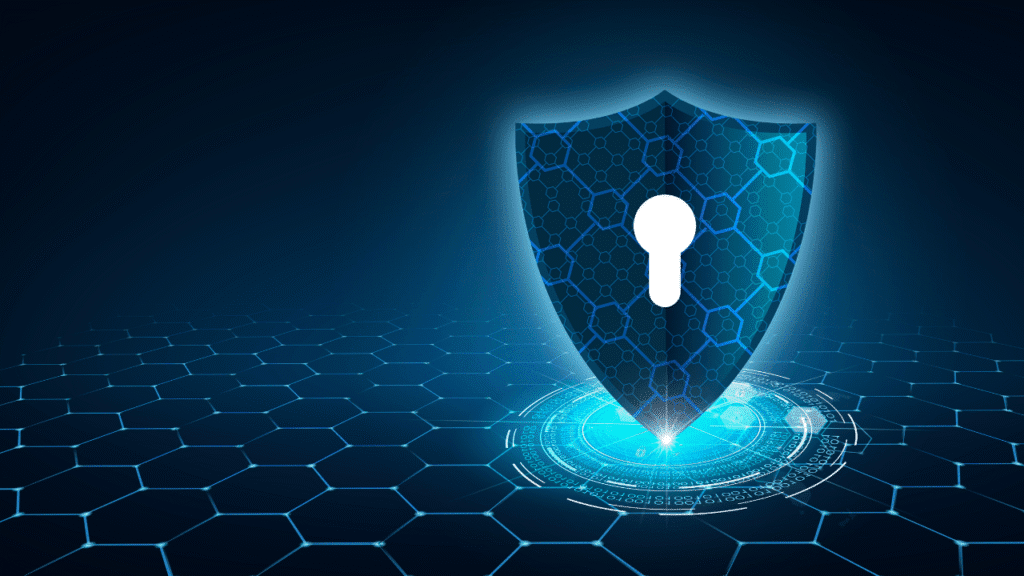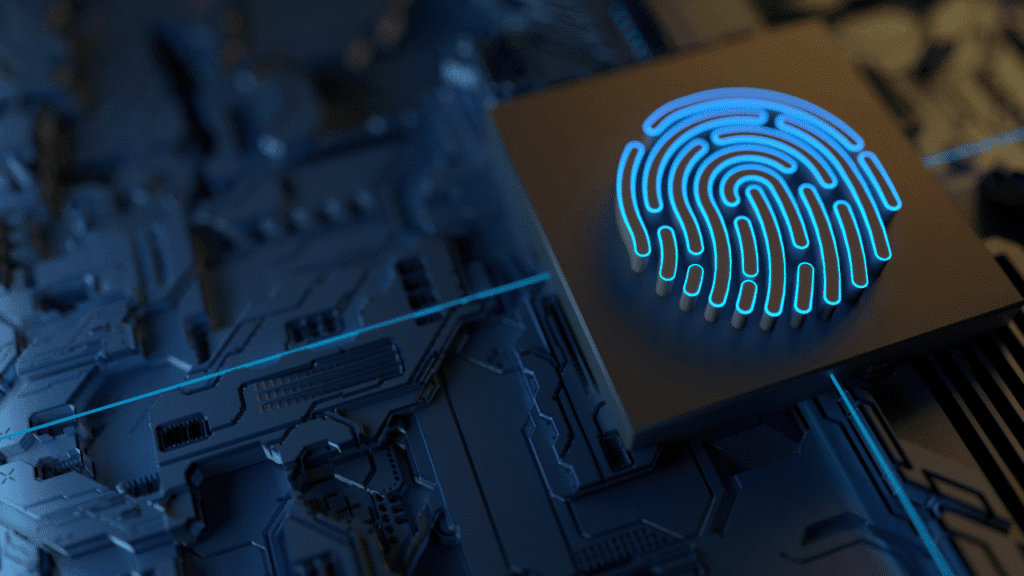Introduction to Malware
Malware-related threats to personal users and businesses are among the most common and dangerous in today’s extraordinarily digital world. As the complexity of cyberattacks grows along with their frequency, everybody who uses the internet must understand malware. This comprehensive malware guide for 2025 will provide you with all the information you need.
What is malware?
- Malware is software designed to cause harm or disrupt a device or system or its legitimate user intentionally. Data are stolen, systems are hijacked, users are spied upon, or devices just become completely useless. Looking at malware-as
- The stealthy malware cannot be tracked unless some sort of detection mechanism is in place. When it comes to cyber warfare, malware is usually implemented by hackers, cybercriminals, or rogue nation-states.
Types of Malware Generally Found Nowadays
Knowledge of various malware forms aids prevention and detection. Therefore, the different types include the following:.
1. Virus
It infects clean files, travels with them, and spreads out of control, corrupting and even destroying other data.
2. Worm
- It is a self-replicating worm that doesn’t require a host file. It eats up bandwidth or system resources.
- They replicate by themselves and consume bandwidth or system resources.
3. Trojans
These are programs that seem legitimate. They trick users into installing them again and create an entry point for hackers.
4. Ransomware
Ransomware renders the user unable to use their computer system or denies access to critical information until a ransom is paid.
5. Spyware
Spyware secretly observes user activity and sends information back to attackers, most commonly stealing personal or financial information.
6. Adware
Adware is less severe but annoying. These bombard users with unwanted advertisements and may also collect their data without their consent.
7. Rootkits
Allowing attackers with root-level access to the systems; this is almost impossible to find, and very hard to remove.
How Malware Spreads
Malware can enter systems in various ways, and in 2025, the following are leading against the one or two infective methods:
- Infected downloads: Downloads of free software or media files from sources that cannot be trusted.
- Drive-by downloads: Visiting an infected website can be a costly experience.
- Removable media: Infect hidden malware via USBs or external drives.
- Network vulnerabilities: Pacifistic networks are blockaded by worms or trojans.
Signs That Your System Is Infected
Malware usually works in the background, but some signs create bright red warnings:
- Slow performance of the target system, often exhibiting unusual signs
- Frequent crashes or freezing for no apparent reason
- Any program with an unknown name launching during bootup
- Browsers are redirected, showing unwanted toolbars.
- Random pop-up ads while the web browser is shut down
- Antivirus or firewall being disabled
- File encryption or files being accessed without the user’s consent
The sooner the threat is detected, the less damage it causes; hence, it is essential to remain vigilant.
Malware infection can cause severe damage that can be inflicted on:
Individuals:
- Loss Of Personal Data
- Identity Theft
- Financial Fraud
- Compromised Privacy
Businesses:
- Data Breaches
- Downtime and Loss of Productivity
- Corporate Image Damage
- Fines and Other Regulatory Penalties
- Ransomware Payments
In 2025, the worldwide average cost of a data breach is expected to exceed $5 million, underscoring the need for proactive defense.
Major Malware Trends And Threats For 2025
The threats posed by malware are dynamic and shifting. Established trends of malware activity in 2025 include
1. AI-Powered Malware
With a low degree of human intervention in the design process, even detection evasion and dynamic adaptation are being formulated by AI-based malware design.
2. Fileless Malware
This type of malware exists only in memory and does create files that can be scanned, giving it an extra edge of stealth.
3. An Upsurge in Mobile Malware Threats
With the increasing industry of banking and applications, threats on Android and iOS are on the rise.
4. Targeting Cloud and IoT
Hackers now target cloud services and smart home devices, most of which are poorly secured.
5. Ransomware as a Service (RaaS)
The sale of toolkits has enabled wannabe hackers to mount ransomware attacks effortlessly.
How to Protect from Malware
Preventing malware is far easier than the damage these programs are capable of inflicting. The following suggested best practices can ensure 2025:
a. Always Maintain Software Up to Date
These are issued regularly to close vulnerabilities open to exploitation by malware.
b. Maintain Credible Security Software
Maintain a quality anti-malware program and firewall to identify emerging threats at an early stage.
c. Multi-Authentication (MFA)
MFA enhances the security, particularly on banking-type portals.
e. Are Strong Passwords
Password managers enable the secure creation and storage of extremely complex passwords.
f. Backup Data At Intervals
As a rule of thumb, always have an off-site backup for the fast restoration of data in case of ransomware attacks.
The Best-In-2025 Anti-Malware Software
Some prominent tools rated for malware protection are:
- Bitdefender Total Security
- Malwarebytes Premium
- Norton 360 Deluxe
- Kaspersky Plus Security
- Windows Defender(More Features in 2025)
These tools provide user interfaces that offer the following features: real-time protection, scanning, a firewall, and browser safety.
How to Remove Malware in a Safe Manner
In case your system is infected, follow these measures:
Step 1: Disconnect From The Internet
Prevent the spread of malware and communication to its servers.
Step 2: Boot In Safe Mode
Remove the ability of malware to function and aid in easy removal.
Step 3: Run Full System Scan
Allow your anti-malware software to do its job by quarantining and removing any detected threats.
Step 4: Clear Temporary Files
This would help clear any trace of dormant malware.
Step 5: Restore From Backup
This is the safest option if the damage is too critical.
Mobile Malware
Mobile malware is primarily targeted at banking applications, e-wallets, and social media platforms.
Most mobile threats include:
- Fake apps on third-party stores;
- SMS phishing;
- Click fraud bots;
- Location tracking spyware;
Malware in Cloud and IoT
With the rising acceptance of the cloud, attackers are leveraging:
- Poor configuration of cloud storage (S3 Buckets);
- Weak API exploits;
- Propagating malware through shared services.
Legal and Ethical Aspects
- In the present day, states and individuals engaged in malicious acts are being held liable by countries to a significant extent.
- GDPR (EU) and CCPA (California) regulate how companies handle information about users.
- The Computer Fraud and Abuse Act (U.S.) severely punishes any unauthorized access.
- Cybersecurity compliance has become mandatory for organizations in many countries.
- Morally, users and organizations should also demonstrate responsible behavior on the Internet, namely by avoiding the purchase of cracked software, malicious plug-ins, and similar content.
Conclusion:
By 2025, these smart, faster, and more lethal malware will become a threat not only to you but to your company. Numerous social engineering attacks are available, and thus, awareness and prevention are key for you. With tools in place, appropriate education, and basic cyber hygiene, you can find it relatively easy to stay ahead of cybercriminals while reducing anxiety about the safety of your online space.



